ADHD: SIGNS AND SYMPTOMS

Overview
Attention-deficit/hyperactivity disorder (ADHD) is a frequent neurodevelopmental disorder, meaning it affects the brain's growth and functioning. ADHD is most commonly diagnosed in children but can continue into adulthood, often impacting daily responsibilities and relationships.
Core Symptoms
The key signs of ADHD include inattention (difficulty focusing), hyperactivity (restlessness), and impulsivity (acting without thinking). These symptoms can vary in severity and frequency depending on the individual and the type of ADHD they have. If left unmanaged, ADHD can hinder school performance, social interactions, and everyday tasks.
Signs and Symptoms of ADHD
-
ADHD is a condition that influences thinking, behavior, and daily functioning.
-
It includes three main symptoms: inattention (easily distracted), hyperactivity (restlessness), and impulsivity (quick decision-making).
-
Symptoms often begin in childhood and may continue into adulthood.
ADHD symptoms fall into three main categories: inattention, hyperactivity, and impulsivity. Some individuals may experience symptoms in just one category, while others experience symptoms across multiple categories. These groupings form the foundation for the three main types of ADHD:
-
Predominantly Inattentive ADHD
-
Predominantly Hyperactive-Impulsive ADHD
-
Combined ADHD
ADHD affects how a person thinks, behaves, and manages emotions, influencing areas such as academic or professional performance, relationships, and daily life tasks. While occasional moments of distraction or restlessness are normal, ADHD symptoms must persist for at least six months to be considered for diagnosis.
Common Symptoms Across ADHD Types
Young children with ADHD may show:
-
Difficulty listening or following directions
-
Restlessness or fidgeting
-
Excessive talking
-
Trouble focusing on details
-
Inability to finish assignments or chores
Symptoms of Predominantly Inattentive ADHD
Individuals with this type often struggle to stay focused and follow instructions. These behaviors are caused by the condition, not intentional disobedience. Symptoms (lasting six months or more) may include:
-
Forgetfulness
-
Disorganization
-
Easy distraction
-
Frequently losing items
-
Poor attention to detail
-
Incomplete tasks
These symptoms usually appear around age 8–9 and may become more noticeable at school where attention and task completion are required. They can persist into adolescence and early adulthood.
Symptoms of Predominantly Hyperactive-Impulsive ADHD
Hyperactivity and impulsivity often show up together in younger children. Traits of this type include trouble sitting still and acting without considering consequences. Common symptoms are:
-
Excessive fidgeting while seated
-
Difficulty waiting for their turn
-
Blurting out answers
-
Interrupting others
-
Responding before questions are completed
-
Frequent restlessness and high energy
Symptoms typically begin around age 4. While hyperactivity may lessen in teens, impulsivity can persist throughout life.
Symptoms of Combined ADHD
Combined ADHD includes signs of both inattention and hyperactivity-impulsivity. People with this type may face difficulties at school, work, or in relationships. For diagnosis, symptoms from both categories must be present for at least six months.
ADHD in Adults
Though ADHD begins in childhood, adults may continue to show symptoms or even develop new ones. These might include:
-
Trouble maintaining employment due to time management issues
-
Attempting to multitask ineffectively
-
Forgetting to pay bills or misplacing important items
ADHD symptoms can worsen with the increased responsibilities of adulthood, affecting work, relationships, and mental well-being.
Symptom Differences in Men and Women
ADHD is more frequently diagnosed in boys, partly due to research bias. Boys often display hyperactive behaviors, while girls may show signs of inattention, which are harder to detect. More research is needed to understand how ADHD presents in girls and women.
When to See a Healthcare Provider
Everyone can feel distracted or restless at times. However, if such behaviors are frequent, intense, and affect everyday life, it may be ADHD. Early diagnosis and treatment can help manage symptoms. If you or your child show signs of ADHD, consult a healthcare provider or pediatrician for evaluation and possible referral to a specialist.

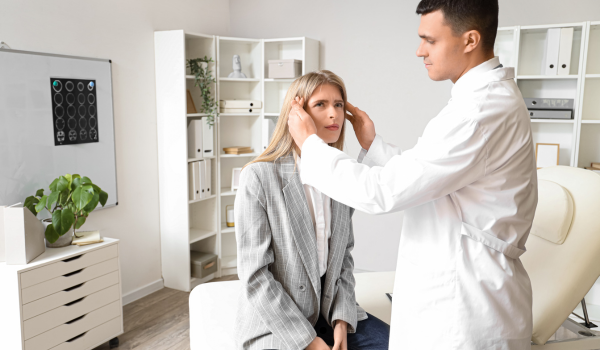

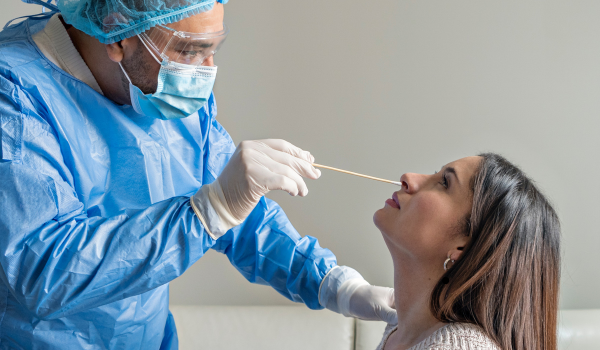
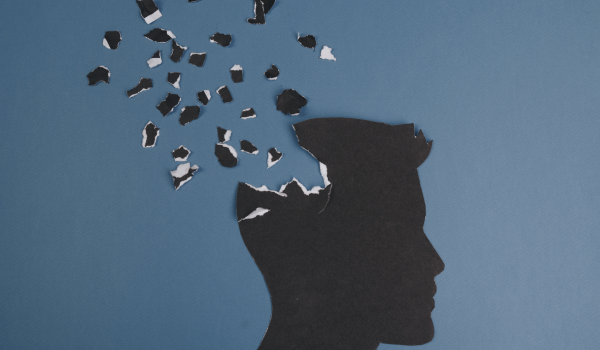






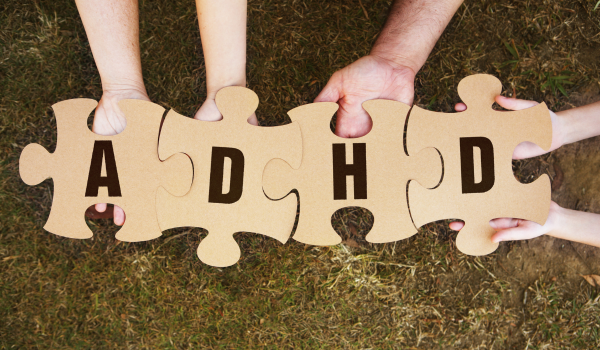


.png)
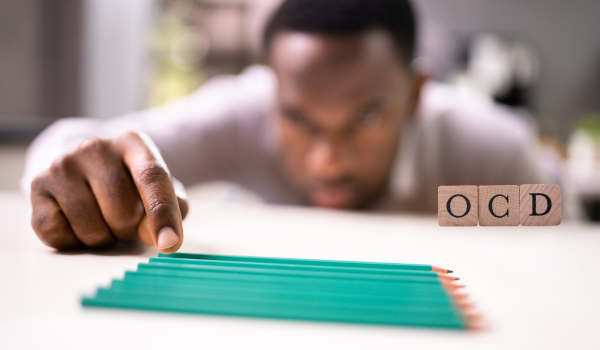

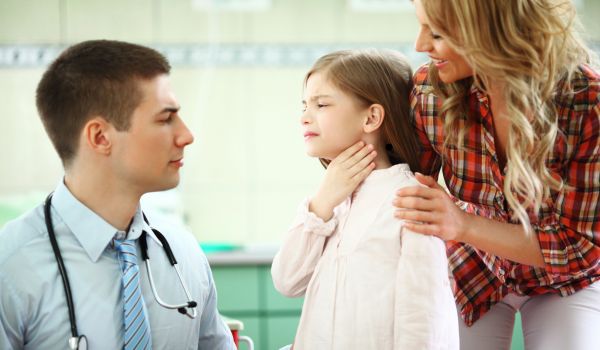

.png)




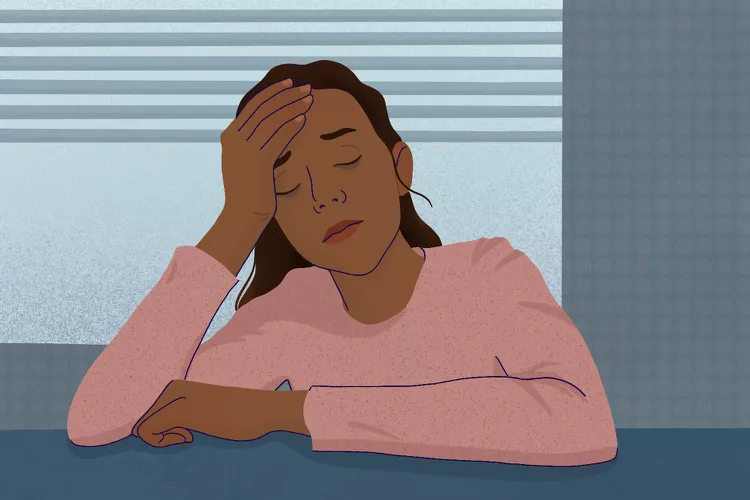
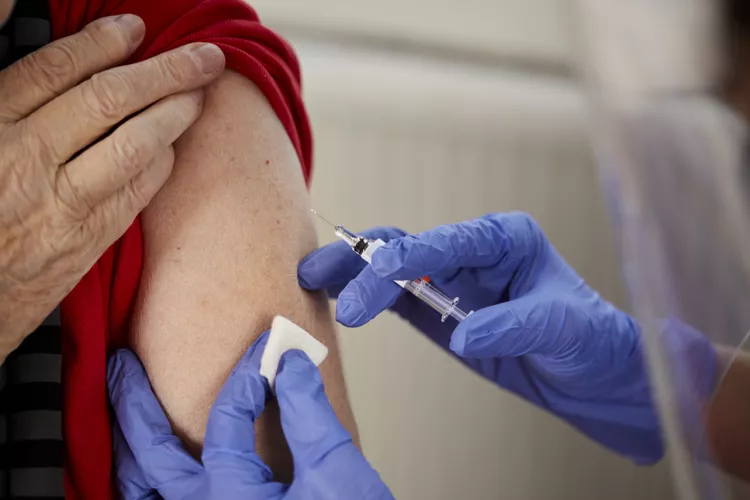

.webp)
.webp)

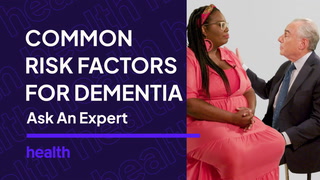
.png)






